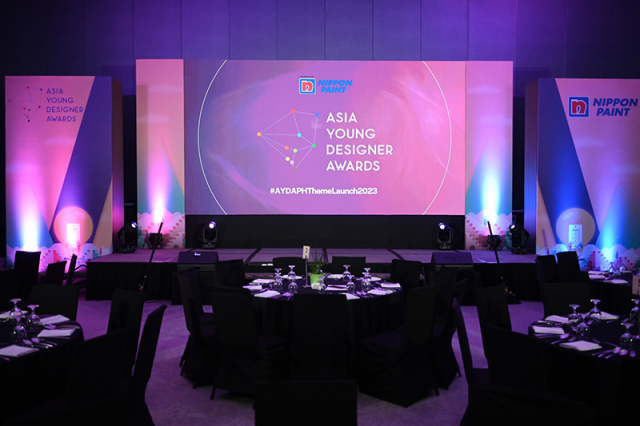
Industry experts said that architecture and interior design could benefit from artificial intelligence (AI) if used responsibly but warn that it could promote laziness and sloppiness if left unimpeded.
For interior designer Wilmer Lopez, founder of W. Lopez Designs/Space Encounter, the extent of integrating AI into their work depends on the level of its usability.
“The main point of this technology is saan siya ginagamit, paano ba siya makatutulong. Even before this technology, nakaka-process kami ng design without these things. Nagkaroon lang ng improvement at enhancement to make our work faster,” he said at the launch of the 24th Asia Young Designer Awards (AYDA) in Quezon City on Thursday, September 14.
AI has been gripping the world of architecture for years now with the introduction of new tools such as Dall-E, Midjourney and Stable Diffusion that can generate realistic images such as humans and skyscrapers.
Companies are also offering AI interior designers in the form of online tools, such as Ludwig, developed by Canada-based company Fulhaus. Ludwig, whose algorithm was guided by professional human interior designers, “parses through millions of items for you in seconds and tells you what you need to buy to achieve a design that books.”
The academe has been taking notice of how AI is slowly crawling into different sectors of society. In July, the University of the Philippines drafted policies on regulating AI to “promote its positive use and mitigate its negatives.”
These policies include using AI for the common good, exerting human control over AI systems, maintaining transparency, eliminating bias or discrimination, fostering cooperation among stakeholders and holding AI operators accountable.
Architect Cathy Saldana, managing director at the PDP Architects, urged universities to adopt their own AI policies to guide students in navigating this technology.
“That will teach our students how not to rely on [AI] but how to be very good at it, so you could utilize it for the best–for research, most probably–and then you understand what is out there,” she said. “When an AI thinks what is their output, you become challenged as a human being to understand how will I manipulate technology so that technology will not manipulate me.”
Saldana added that aspiring architects must be adequately trained to harness automation for the common good.
“You can use AI for rendering and design visualization,” the veteran architect said. “The new programs we are using now […] is actually a derivation of AI. It’s so fast and it’s even free–for now. So, these students now that are so tech-capable are using such programs and facilities.”
Lopez is the head judge of the interior design category at this year’s AYDA, which “enables participants to gain first-hand industry knowledge, personalized coaching, mentoring and skills-building through various workshops by experienced lecturers and industry professionals,” according to a release.Industry experts see potential, perils of using AI in architecture, interior design
Architect Eduardo Casares, chairman of the bids and awards committee of the United Architects of the Philippines, will lead the architecture category.
AYDA, founded in 2008, is organized by Nippon Paintings Philippines. This year’s theme is “Converge: Championing Purposeful Design.” For more details, please visit https://ayda-awards.com.









